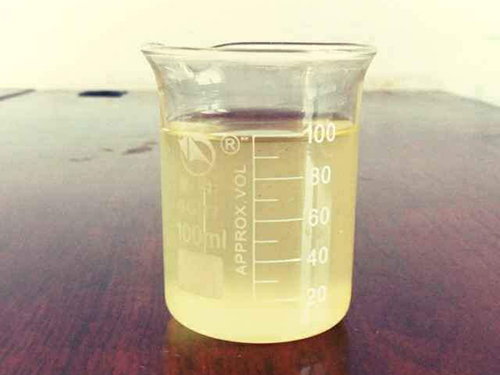Properties and Applications of Acrylic Acid Homopolymers in Industrial Uses
The Versatile Applications of Acrylic Acid Homopolymer
Acrylic acid homopolymer, also known as polyacrylic acid (PAA), is a synthetic polymer formed from the polymerization of acrylic acid monomers. This material boasts a variety of properties that make it highly appealing for numerous industrial and commercial applications. Understanding the nature, synthesis, and diverse uses of acrylic acid homopolymer is vital for leveraging its advantages effectively.
Structure and Properties
The structure of acrylic acid homopolymer consists of a long chain of repeating acrylic acid units. The presence of carboxylic acid groups in the polymer chain endows it with unique characteristics, including high hydrophilicity, excellent adhesion properties, and an ability to form gels and films. These features are particularly valuable for applications in the fields of adhesives, coatings, and personal care products.
One of the most prominent traits of acrylic acid homopolymer is its water-absorbing capability. Due to the hydrophilic nature of its carboxylic groups, the polymer can swell in the presence of water, making it suitable for use in agriculture, hygiene products, and even food packaging.
Synthesis Methods
The synthesis of acrylic acid homopolymer can be achieved through several polymerization techniques, including free radical polymerization, solution polymerization, and emulsion polymerization
. Free radical polymerization is commonly used due to its simplicity and effectiveness in producing high molecular weight polymers. Controlling the polymerization conditions, such as temperature and concentration of initiators, allows for fine-tuning of the polymer’s properties, including its molecular weight and viscosity.Applications
1. Adhesives and Sealants Acrylic acid homopolymers are widely utilized in adhesives, particularly in situations requiring strong bonding properties and resistance to environmental degradation. They provide excellent adhesion to various substrates, including metal, glass, and plastics.
acrylic acid homopolymer

2. Coatings The film-forming ability of polyacrylic acid is leveraged in the production of coatings. These coatings are used in protective applications as they form a tough, water-resistant layer that can withstand the elements, making them suitable for outdoor applications.
3. Personal Care Products The water-absorbent properties of acrylic acid homopolymer make it a popular choice in the formulation of personal care items such as lotions, creams, and gels. Its ability to retain moisture is particularly beneficial in skin care applications, providing hydration and enhancing the overall texture of the products.
4. Agriculture In agriculture, polyacrylic acids are employed as superabsorbent polymers in soil amendments. They can help retain moisture in the soil, thereby promoting plant growth and reducing the need for frequent watering. This is especially beneficial in arid regions where water conservation is crucial.
5. Healthcare The compatibility and non-toxic nature of acrylic acid homopolymer make it suitable for various healthcare applications. It is used in making hydrogels, which are essential in wound dressings and drug delivery systems. These hydrogels can keep wounds moist while providing a protective barrier against infection.
Environmental Considerations
As with many synthetic polymers, environmental sustainability is a vital aspect of the discussion surrounding acrylic acid homopolymer. Researchers are actively exploring biodegradable alternatives and methods for recycling polyacrylic acid to mitigate its impact on the environment. Innovations such as incorporating bio-based feedstocks into the production process are being investigated to enhance sustainability without compromising performance.
Conclusion
Acrylic acid homopolymer stands out as a versatile, high-performance polymer with a broad spectrum of applications across various industries. Its unique properties such as hydrophilicity, adhesion strength, and film-forming ability make it indispensable in the fields of adhesives, coatings, personal care, agriculture, and healthcare. As research advances, it is likely that new applications will continue to emerge, driving the development of more sustainable and innovative uses of this remarkable material. The potential of acrylic acid homopolymer is substantial, playing a crucial role in modern technology and contributing to improved quality of life.
-
lk-319-special-scale-and-corrosion-inhibitor-for-steel-plants-advanced-solutions-for-industrial-water-systemsNewsAug.22,2025
-
flocculant-water-treatment-essential-chemical-solutions-for-purification-processesNewsAug.22,2025
-
isothiazolinones-versatile-microbial-control-agents-for-industrial-and-consumer-applicationsNewsAug.22,2025
-
scale-inhibitor-key-solutions-for-water-system-scale-preventionNewsAug.22,2025
-
organophosphonates-versatile-scale-inhibitors-for-industrial-water-systemsNewsAug.22,2025
-
scale-and-corrosion-inhibitor-essential-chemical-solutions-for-water-system-maintenanceNewsAug.22,2025





